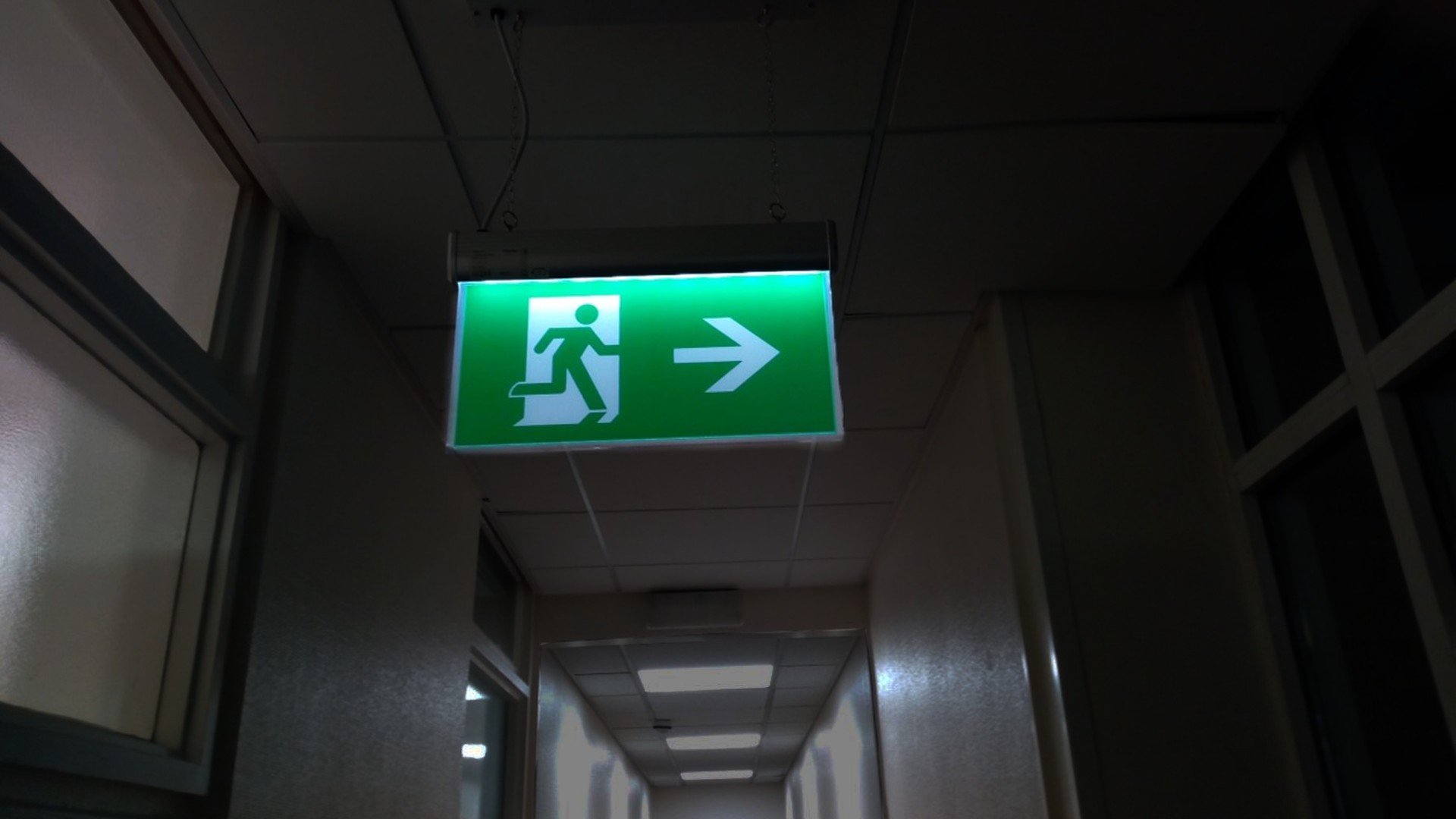How to avoid the 5 common pitfalls of emergency lighting?

When it comes to implementing a high-quality emergency lighting system, there are a number of common pitfalls that must be avoided, in order to provide sufficient illumination for building occupants in the event of a loss of mains power.
Here, we take a look at these pitfalls and what they mean:
1. Testing Frequency
One of the most common oversights made by installers and building owners is a lack of testing frequency. Monthly battery duration tests are stipulated by BS 5266, simulating failure in order to assess the emergency luminaires’ presence, cleanliness and function.
2. No Annual Test
Emergency luminaires must be tested annually for the duration of their 3-hour battery. The fittings must sufficiently illuminate the space for 3 hours, and must continue to work after the test has been completed. Any failures must be detected and rectified immediately.
3. Poor Lighting Design
Minimum lux levels vary in different areas of a building. In corridors and escape routes, the centre line must be illuminated to at least 1 lux, and 1m either side of this centre line must be illuminated to at least 0.5 lux. Open areas (larger than 60m2) must be illuminated to a minimum of 0.5 lux.
4. Taken for Granted
Emergency lighting is one of the most important considerations when upgrading a lighting system or fitting out a new building, however, many people take it for granted, with some seeing it as a low-priority additional cost. Just a little research into the huge number of people who have been fined and jailed because their facility had inadequate emergency lighting should assure people that this is not the case.
5. Poor Quality luminaires
Always choose a lighting manufacturer with a proven track record of supplying emergency lighting. If a fitting is deemed to have failed in a monthly or annual test, a replacement should be available immediately. If a little-known supplier is selected, then this can take a long time for a replacement to be found, leaving your facility with inadequate emergency lighting.
To get the full picture on Emergency Lighting compliance, click here to watch our webinar delivered by Tamlite's Head of Market Intelligence Colin Lawson
You can also Contact our team for more information on implementing a high-quality emergency lighting system.


